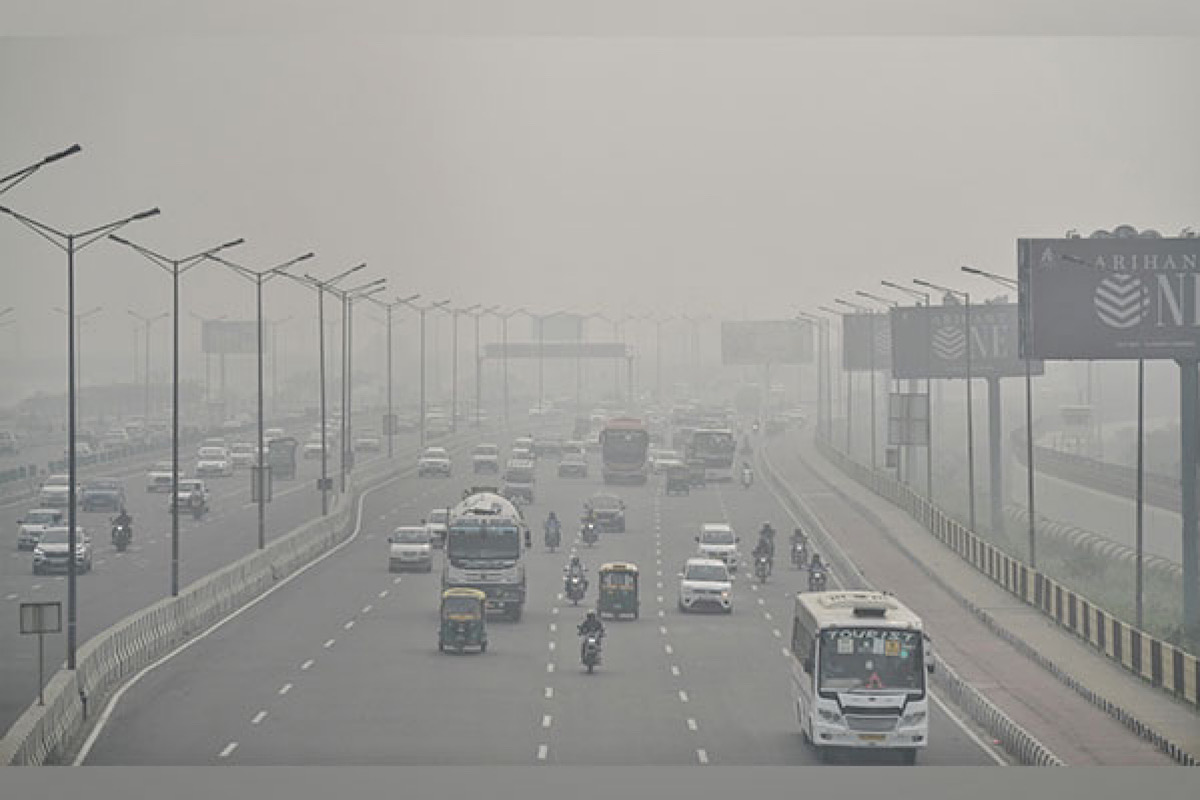Over the past two weeks, the quality of the air in Indian cities has gotten worse. Following the Diwali festival, which saw firecrackers blast, this pattern saw an increase. These crackers’ emissions and fumes raised pollution levels in a number of states.
Major Indian cities are grappling with the issue of pollution, particularly the financial hub Mumbai and the nation’s capital Delhi. In recent weeks, the Indo-Gangetic plain’s air quality was rated as “severe” to “very poor,” although it began to improve shortly before Diwali as a result of disturbances from the West.
Advertisement
Along with vehicle emissions, the primary cause of the rising pollution levels in this area has been stubble burning. Two cities in Haryana, three in Uttar Pradesh, two in Bihar, one in Punjab, one in Rajasthan, and one in Delhi, the nation’s capital, were among the top ten cities with the worst air quality as of 6:30 am. Today’s AQI levels were “severe” in nine cities. Delhi, the capital of the country, came in fourth place with a 24-hour average AQI.
Data from 242 cities collected on November 13 by the Central Pollution Control Board (CPCB) showed that no city had significant air quality, 53 had “very poor,” 85 had “poor,” 75 had “moderate,” and only 32 of the 242 cities had “satisfactory” to “good” air quality.
With an AQI of 423 at 6:30 am, Bhagpat, Uttar Pradesh, is the most polluted city today, according to real-time data from the CPCB. Gurugram in Haryana, whose AQI was 400, is right behind it. The air quality in these two cities was rated as “severe.”
The top ten most polluted cities with the worst air quality today are: Delhi, with an AQI of 384; Meerut, Uttar Pradesh, with an AQI of 384; Noida, Uttar Pradesh, with an AQI of 381; Bathinda, Punjab, with an AQI of 374; Bharatpur, Rajasthan, with an AQI of 371; Begasarai, Bihar, with an AQI of 367; Chhapra, Bihar, with a 96; and Rohtak, Haryana, with an AQI of 365.
Hanumangarh in Rajasthan, whose AQI was 364; Bhiwadi in Rajasthan, whose AQI was 363; Dharuhera in Haryana, whose AQI was 363; Ghaziabad in Uttar Pradesh, whose AQI was 362; Siwan in Bihar, whose AQI was 358; Hisar at 356; Angul in Odisha, whose AQI was 355; Ballabgarh in Haryana, whose AQI stood at 352; Bahadurgarh in Haryana, whose AQI was 347; Jind in Haryana, whose AQI was 337; Purnia in Bihar, with AQI at 331; and Manesar in Haryana, with an AQI of 330.









